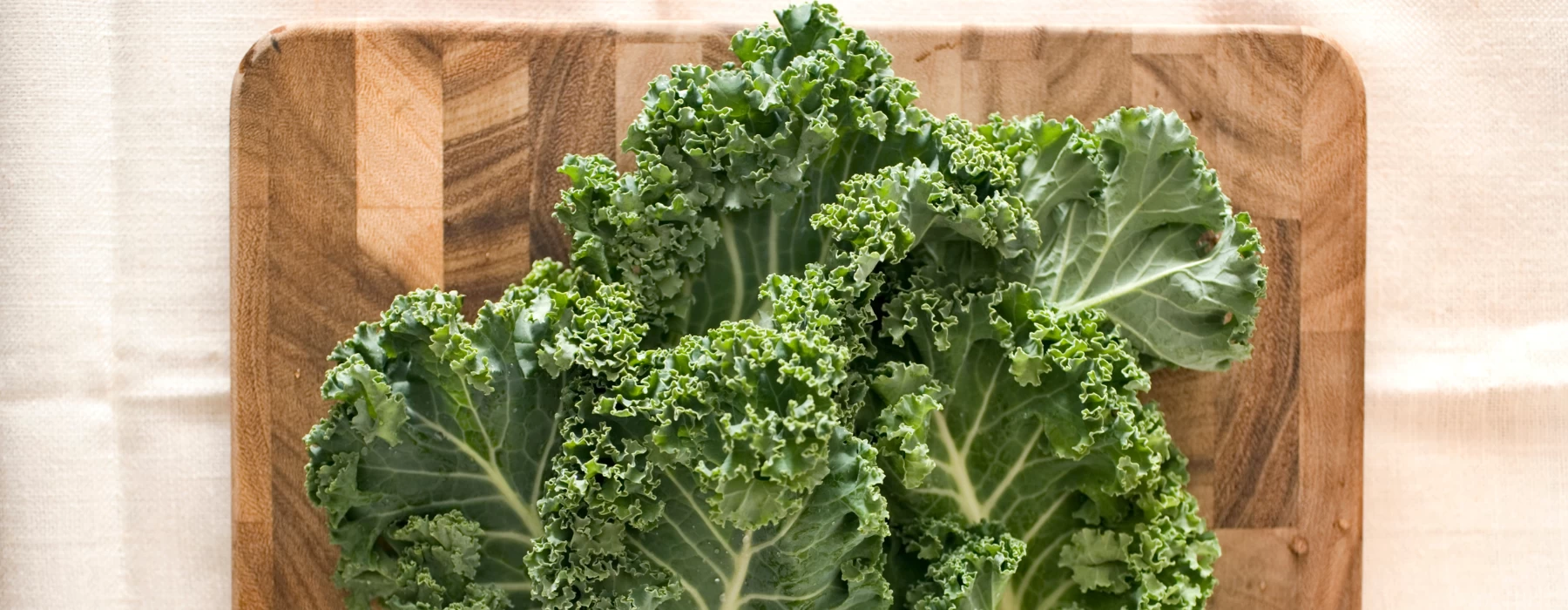Kale
Kale

Kale is the best among healthy greens. It is one of the healthiest and nutritious plant products. It is loaded with several beneficial nutrients, vitamins and compounds. It is a member of the cruciferous family, along with cabbage, cauliflower, Brussels sprouts, broccoli, and collard greens. Nutritional facts of kale per cup (67 grams):
|
Calories |
33 |
|
Carbs |
6 grams |
|
Fiber |
2 grams |
|
Protein |
3 grams |
|
Fat |
0.6 grams |
|
Vitamin A |
206% of RDI (from beta carotene) |
|
Vitamin K |
684% of RDI |
|
Vitamin C |
134% of RDI |
|
Vitamin B6 |
9% of RDI |
|
Manganese |
26% of RDI |
|
Calcium |
9% of RDI |
|
Copper |
10% of RDI |
|
Potassium |
9% of RDI |
|
Magnesium |
6% of RDI |
Kale also contains small amounts of vitamin B1, B2, B3, iron, and phosphorus. The fat present in kale is mainly omega-3. Kale is low in calories and very high in nutrients. These properties make kale one of the most nutrient dense food items.
Kale is loaded with numerous antioxidants, including beta-carotene, vitamin C as well as several flavonoids and polyphenols. These compounds protect the body from the oxidative damage of free radicals. These free radicals lead to ageing, and many inflammatory chronic diseases, including diabetes, heart disease, and cancer. Quercetin and kaempferol are the flavonoids, present in large amounts in kale. Some test tube and animal studies have shown that these compounds have numerous health benefits, including lowering blood pressure, anti-inflammatory, anti-depressant, anti- cancer and many more. Vitamin C is a water soluble vitamin which performs several essential functions in the body. It is necessary for the synthesis of collagen protein. Kale is very high in vitamin C. In fact, it is one of the best sources of vitamin C.
Cholesterol is converted to bile acids in the liver. This bile acid is released when a fatty meal is consumed. When the fat is absorbed, The bile acids are reabsorbed by the bloodstream and used again. Bile acid sequestrants are the substances, which bind with bile acids and inhibit their reabsorption by the bloodstream. Hence, it reduces the blood cholesterol levels. Kale is high in bile acid sequestrants, which can lower cholesterol levels and reduce the risk for heart disease. One study found that supplementation of kale juice per day for 12 weeks resulted in increased HDL levels by 27% and decreased LDL levels by 10% and additionally improvement in the antioxidant status. Steaming kale dramatically increases the cholesterol lowering capacity, and works in a similar way as cholesterol lowering drugs.
Vitamin K is essential for blood clotting. In addition vitamin K activates certain proteins and enhances their ability to bind calcium. A well known anticoagulant drug Warfarin works by blocking the function of this vitamin. Kale is the best source for vitamin K, a single raw cup of kale provides vitamin K 7 times of recommended daily intake.
Cancer is a hazardous disease, characterized by uncontrolled cell growth. Kale is loaded with several compounds, including sulforaphane and indole-3-carbinol, known for their anti cancer effect. Sulforaphane is a compound that helps fight cancer at the molecular level. Some studies suggested that indole-3-carbinol can also help prevent cancer. Although the evidence on human is mixed, some studies suggest that consumption of cruciferous vegetables may reduce the risk of several cancers. Kale is high in beta carotene, an antioxidant, which is converted into vitamin A inside the body. So, consumption of kale can increase the level of this essential vitamin in the body.
Kale is a good source of many essential minerals. It is a good source of calcium, needed for bone health and cellular functions. It also contains a fair amount of magnesium. Consumption of plenty of magnesium may protect against chronic diseases, including type 2 diabetes and heart disease. Potassium is also present in kale in small amounts. Potassium maintains the electrical gradients in the body cells and is linked to reduced blood pressure and lower risk of heart disease. Kale is low in oxalate, when compared with other green leafy vegetables like spinach. Oxalate interferes with the absorption of minerals.
Kale is high in carotenoid antioxidants lutein and zeaxanthin. Both of these lower the risk of macular degeneration and cataracts. These are the most common eye disorders.
Kale is low in calories and keeps full for a long time. Low calorie density and high water content makes kale weight loss friendly food item. Additionally, kale contains small amounts of protein and fiber. These two are very important nutrients when it comes to weight loss.
